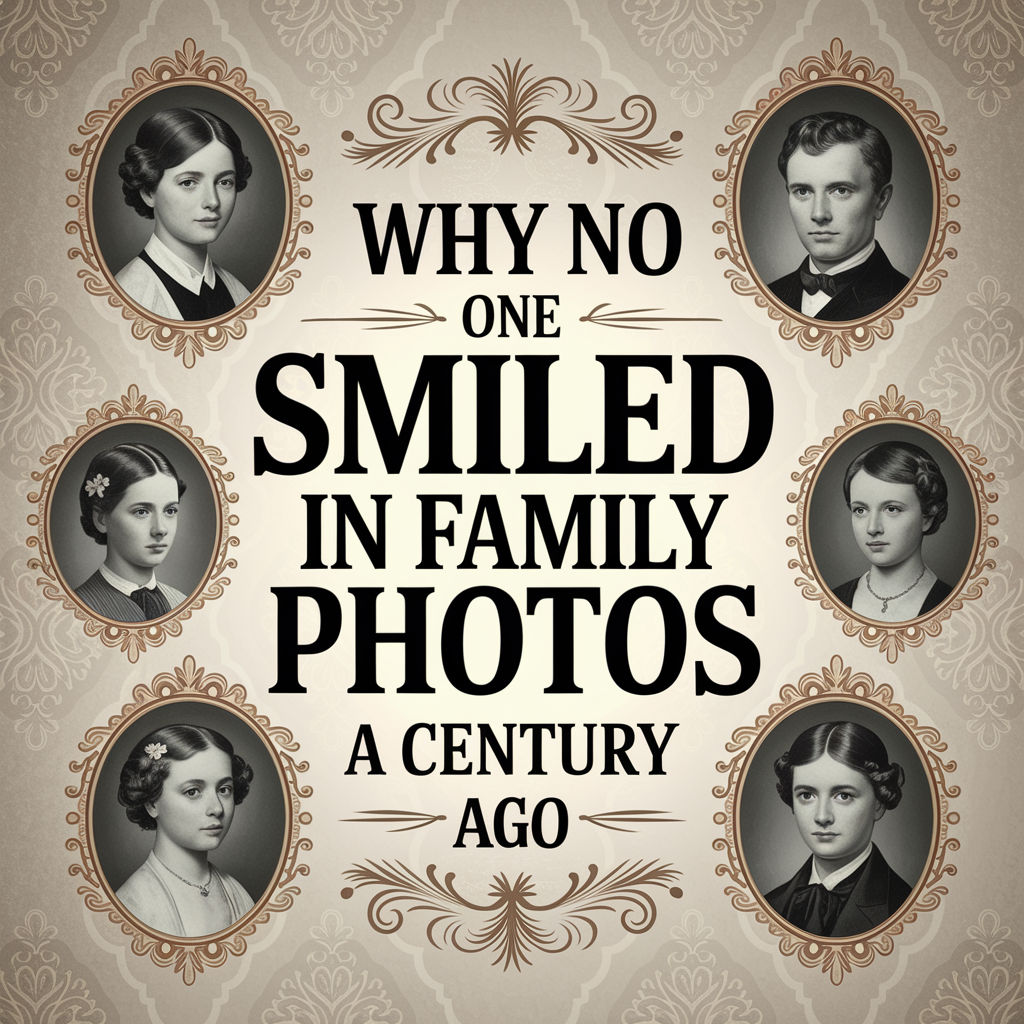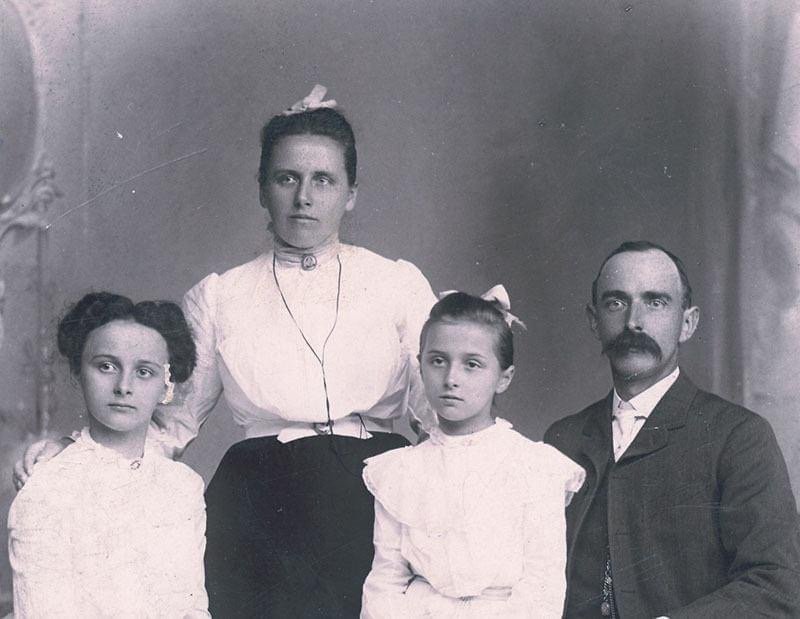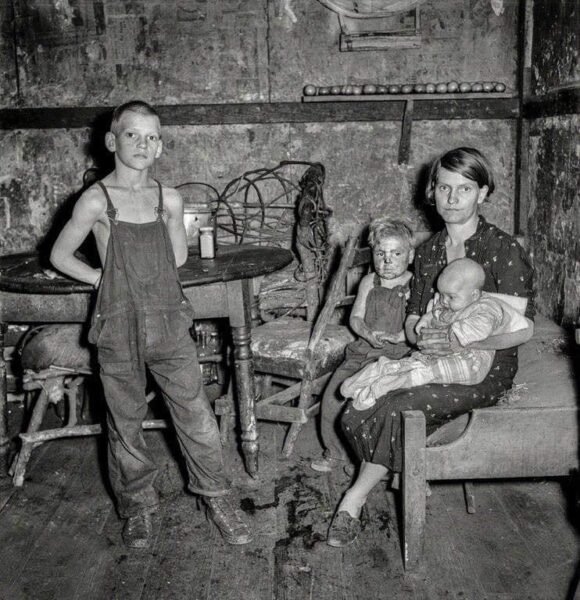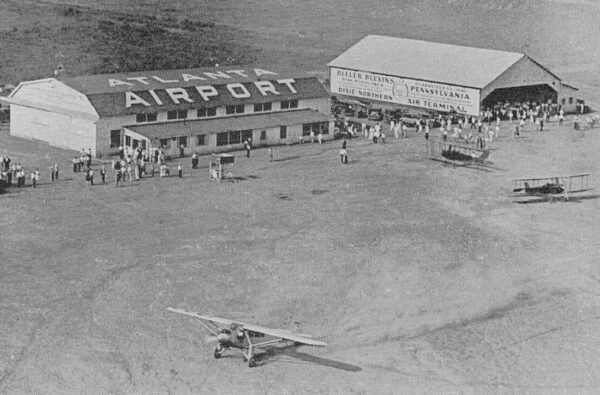
Why People Didn’t Smile in Old Photos
You’ve probably seen it a hundred times—an old black-and-white portrait where everyone looks dead serious, maybe even a little grumpy. No smiles. No laughter. Just stiff clothes and straight faces. And it makes you wonder: why didn’t people smile in old photos?
It’s one of those strange little mysteries that grabs your curiosity—and surprisingly, it has more than one answer.
The idea that people just weren’t happy “back then” isn’t exactly true. They laughed, joked, and enjoyed life like we do now—but when it came to having their photo taken, something changed. And it wasn’t just because they weren’t in the mood.
The truth is, not smiling in old photos had more to do with culture, technology, and practicality than personality.
In fact, once you know what was going on behind those cameras, those serious faces start to make a lot more sense.

Was It Because of Long Exposure Times?
One of the biggest reasons people didn’t smile in old photos was simply this: they had to hold still. For a long time.
In the early days of photography—especially in the mid-to-late 1800s—taking a photo wasn’t a quick click. It was a process. Exposure times could last 10 seconds, 30 seconds, even a full minute or more depending on the lighting and the equipment. That’s a long time to freeze your face without twitching.
Now try holding a smile for 30 seconds straight. Not easy, right? It’s awkward, it hurts your cheeks, and let’s be honest—it gets weird fast.
That’s why people opted for a neutral or serious expression. It was easier to hold, less likely to blur, and—honestly—felt more natural during a formal photo session.
In some cases, photographers even used chin rests to help people stay still. It wasn’t a fun experience—it was more like sitting for a painted portrait. The goal wasn’t to look candid. It was to look composed.
You can see this formal energy in real-life examples like Palm Sunday 1954 Family Portrait—where even by the ’50s, posing for a camera still carried a sense of seriousness and ceremony.

Was Smiling Considered Undignified in the 1800s?
Yes—believe it or not, smiling in photos was often seen as undignified or even childish. Back in the 1800s and early 1900s, a photograph wasn’t just a snapshot—it was a formal event. People dressed in their best clothes, sometimes traveled miles to reach a studio, and viewed the session almost like sitting for a painted portrait.
And in that context, smiling in a photograph just wasn’t the norm.
In fact, many people believed that a serious expression reflected intelligence, respectability, and even moral strength. Big toothy grins? That was for jokes, casual moments, or children—not for the one picture you might ever have taken in your lifetime.
This was especially true in wealthier or professional circles, where a photograph might be used to represent your family, your legacy, or your business. You wouldn’t want to be remembered looking goofy.
You can see this mindset reflected in older photos like those from Life of Schoolchildren in Lower East Side New York 1886—even kids were posed with that same seriousness, hands folded or resting on wooden props, eyes steady, expressions calm.
To us today, it might seem stiff or even sad—but to them, it was about legacy, not likes.

Did Dental Problems Play a Role Too?
Let’s be real—dental care wasn’t exactly a highlight of the 1800s. Many people had missing teeth, crooked smiles, or stained enamel from tobacco or poor nutrition. So, when it came time to pose for a formal photo, flashing a big grin wasn’t always an option people felt confident about.
Add to that the cultural pressure to appear reserved and respectable, and it’s no surprise that people kept their lips firmly shut.
Now, this wasn’t true for everyone. Some folks still smiled, especially in more relaxed or candid photos taken later into the 20th century. But overall, most people preferred to play it safe with a neutral expression that didn’t reveal too much.
And remember—photos weren’t taken every day. There were no retakes, no filters, no digital clean-up. You got one shot, and it was probably going in a frame or family Bible.
Want a deeper glimpse at the kind of life these people lived? Take a look at Frozen in Time The Woman on the Mississippi River in 1905—that same solemn look wasn’t sadness. It was just what people did when the shutter opened.

Were Photos Just Too Rare to Risk a Smile?
Absolutely. In the late 1800s and early 1900s, photography wasn’t something you did on a whim. For most families, a formal portrait was a once-in-a-decade event—or a once-in-a-lifetime one. There were no selfie cameras, no roll of 36 exposures, and definitely no do-overs.
That meant when the camera came out, people got serious. Literally.
If you only had one photo of your grandmother or father to pass down, you didn’t want it ruined by a smirk or a blurry grin. You wanted them to look their best: calm, centered, timeless.
For rural families or working-class folks, even affording a single photograph could be a big deal. It might be the only image they’d ever have to show future generations. That kind of weight came with pressure—and smiling just didn’t fit the moment.
You can feel that sense of weight and purpose in old images like Walcott’s Lunch Stand in 1939 Durham—a photo that captures more than just people, but a moment they knew mattered.

When Did Smiling in Photos Become Normal?
The shift happened gradually, and technology played a huge role.
By the 1920s and 1930s, cameras became faster, film got cheaper, and photography started moving out of the studio and into everyday life. Kodak introduced simple box cameras people could use at home. Shutter speeds sped up. And suddenly, smiling was… easier.
Even better? You could take more than one photo. Didn’t like how you looked? Take another. That changed everything.
Cultural attitudes shifted too. Advertising, Hollywood, and magazines began promoting smiling as a sign of happiness, health, and success. Celebrities smiled on movie posters, ads showed smiling families with perfect teeth, and people began to associate a grin with a good life.
By the 1950s, it was normal to smile in snapshots, school pictures, and vacation photos. The serious stare of the 19th century had officially faded.
If you scroll through old family albums or photos like Growing Up in 1950s Small Town America, you’ll start to notice that shift—smiles become natural, not rare.
The camera stopped being a serious ritual and became something more casual, more fun… and a little more human.

Were There Exceptions to the No-Smiling Rule?
Definitely. While most old photos stuck to the serious-face standard, there are exceptions if you know where to look.
By the early 1900s, photographers began catching more candid moments. Children, especially, were more likely to crack a grin—either because they didn’t know better or because they simply couldn’t help it. And by the 1920s, you’ll start to see couples, soldiers, or friends letting their guard down for a quick smile.
Some traveling photographers even encouraged it, especially when capturing rural families who didn’t get photographed often. And while formal portraits remained stiff and buttoned-up for a while, everyday snapshots—picnics, parades, birthday parties—started letting loose.
So yes, smiles did happen. They just weren’t the standard.
If you scroll through mid-century moments like A Glimpse Into Computer Class in 1972 or Kids at Play in 1963 NYC, you’ll see just how quickly that formality faded—and how the joy started showing through.

What Can We Learn From Those Serious Faces?
So now that you know why people didn’t smile in old photos, here’s the real question—what do those unsmiling faces actually say?
They tell us that photography used to mean something big. It wasn’t casual. It wasn’t throwaway. It was permanent. You didn’t pose to look happy—you posed to look important.
They remind us how far we’ve come, too. From lugging around massive cameras and sitting still for a minute… to snapping goofy selfies that disappear in 24 hours.
But most of all, they show us that every generation leaves behind a visual story. And while those faces may look stern or distant, behind every one of them is a life that was just as rich, weird, funny, and human as ours is today.
So next time you see a photo without a smile—don’t assume they were miserable. Just know they were making their one chance at being remembered count.
And if you want to see how much those moments evolved, take a scroll through your own archive… or dive into timeless scenes like Growing Up in 1950s Small Town America where history and humanity come together in the frame.
As an Amazon Associate we earn from qualifying purchases through some links in our articles.




